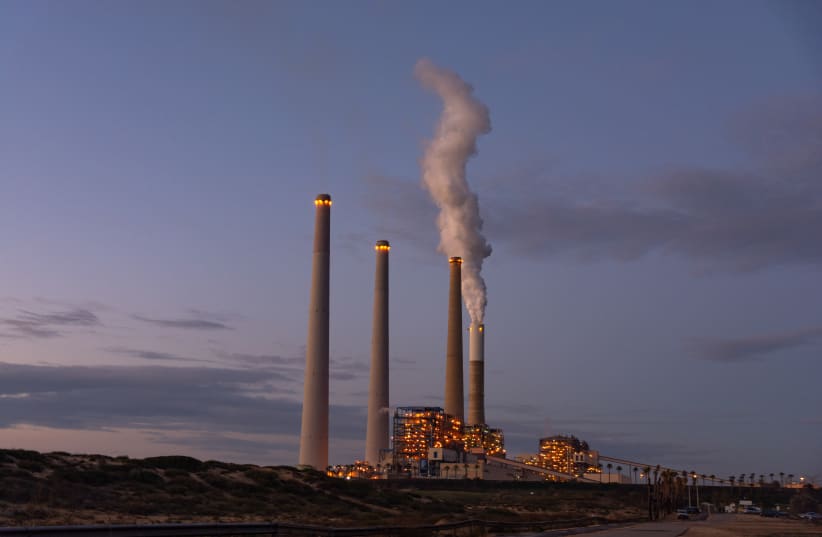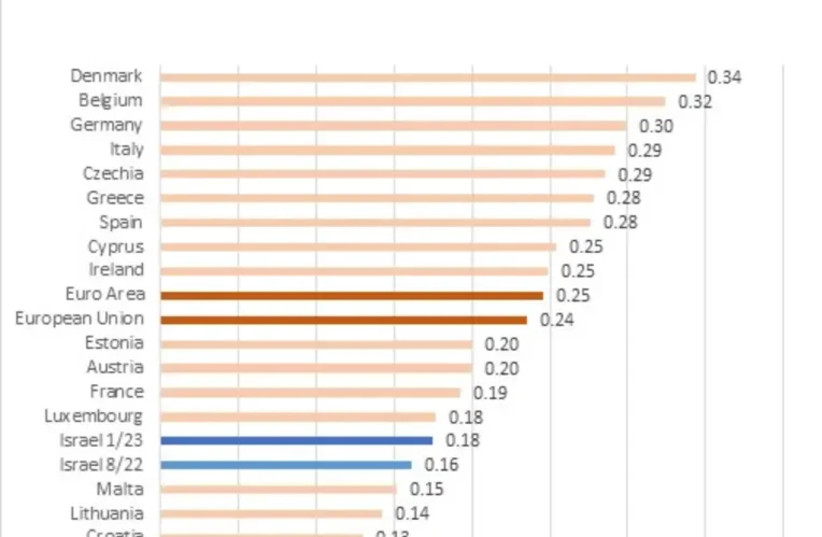The Electricity Authority announced the updated electricity prices for 2023 on Wednesday, including an updated basis for the production rate for the years 2022-2027. According to those decisions, the price for household consumers will rise by 8.2% starting on January 1, 2023.
The Electricity Authority said that the decision was taken together with the yearly update to the price of electricity for Israel Electric Corporation (IEC) customers and is a reflection of the professional work carried out by the Authority to tighten the costs transferred to the IEC.
Prices are still low in a global comparison
This decision made it possible for the authority to moderate the increase in electricity prices - without these corrections, the increase for the consumer would have been even higher. The Authority also announced that in spite of the increase, electricity prices are still under the world average.
The reasons given for the rise in prices are the delays in the building of new gas-driven power stations, which will enable the closing of the polluting coal-driven units in the Hadera Orot Rabin Station, the delay in the conversion of other coal-driven stations to gas, a sharp rise in the exchange rate and a continuing increase of the consumer price index.
Efforts to reduce costs
The decision to update the calculation model for the production costs at IEC has a number of components, among them a 35% reduction in the rate of return recognized by the IEC on equity, now standing at 6.8% instead of 10.4%, which will save NIS 250 million per year. In addition, consumer payments for operation, management and company staff costs will be reduced, worth approximately NIS 150 million per year.
The method for capital return will be changed as well so that it will be spread over more years while reducing the annual burden on consumers in the amount of approximately NIS 750 million per year. The application of the decision regarding the increase in electricity prices allows for the offsetting of the debt for coal so that it drops from NIS four billion to approximately NIS 2.5 billion.

